Los nasz dla Was przestrogą
Let our fate be a warning to you
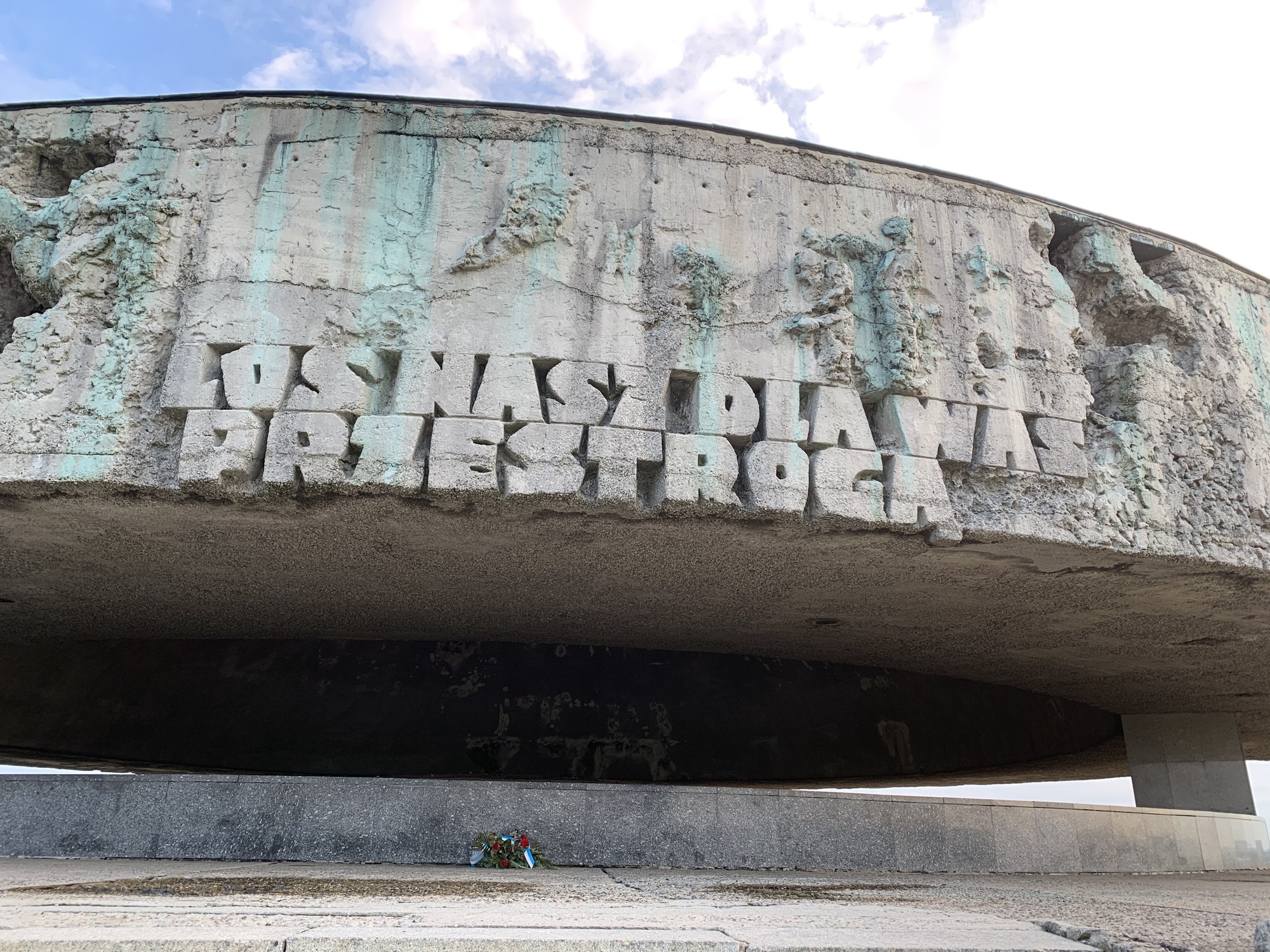
Los nasz dla Was przestrogą (ENG: Let our fate be a warning to you)
The name of the camp refers to the nearby district of Lublin called Majdan Tatarski. The word Majdanek translates as 'Little Majdan' in Polish. The camp was established in October, 1941, later officialised in German as Konzentrationslager Lublin (ENG: Concentration Camp Lublin), though it is better known by its earlier Polish local name. At first, the site served as a concentration camp for Soviet POWs who had been captured during the initial phase of “Operation Barbarossa” - Hitler's invasion of the Soviet Union. With an initial operating capacity of 50,000 prisoners, it was meant to be eventually increased to 250,000. Soon Jews, Poles, Belarusians, Ukrainians, as well as representatives of other nations were deported as well. As a part of Einsatz Reinhardt, the codename of the secretive plan to exterminate Jews in the General Government district of German-occupied Poland, Majdanek changed its operation into that of an extermination camp. The gas chambers at Majdanek were operational between September 1942 and early September 1943. Within that period, primarily the Jewish prisoners were murdered there. Many were rejected in the preliminary selections and murdered directly upon their arrival at the camp. Up to the spring of 1943, the non-Jewish prisoners were also killed in the gas chambers of Majdanek. Many were also murdered in mass executions, including 18,000 Jews killed during Aktion Erntefest (ENG: Operation Harvest Festival) on November 3, 1943.
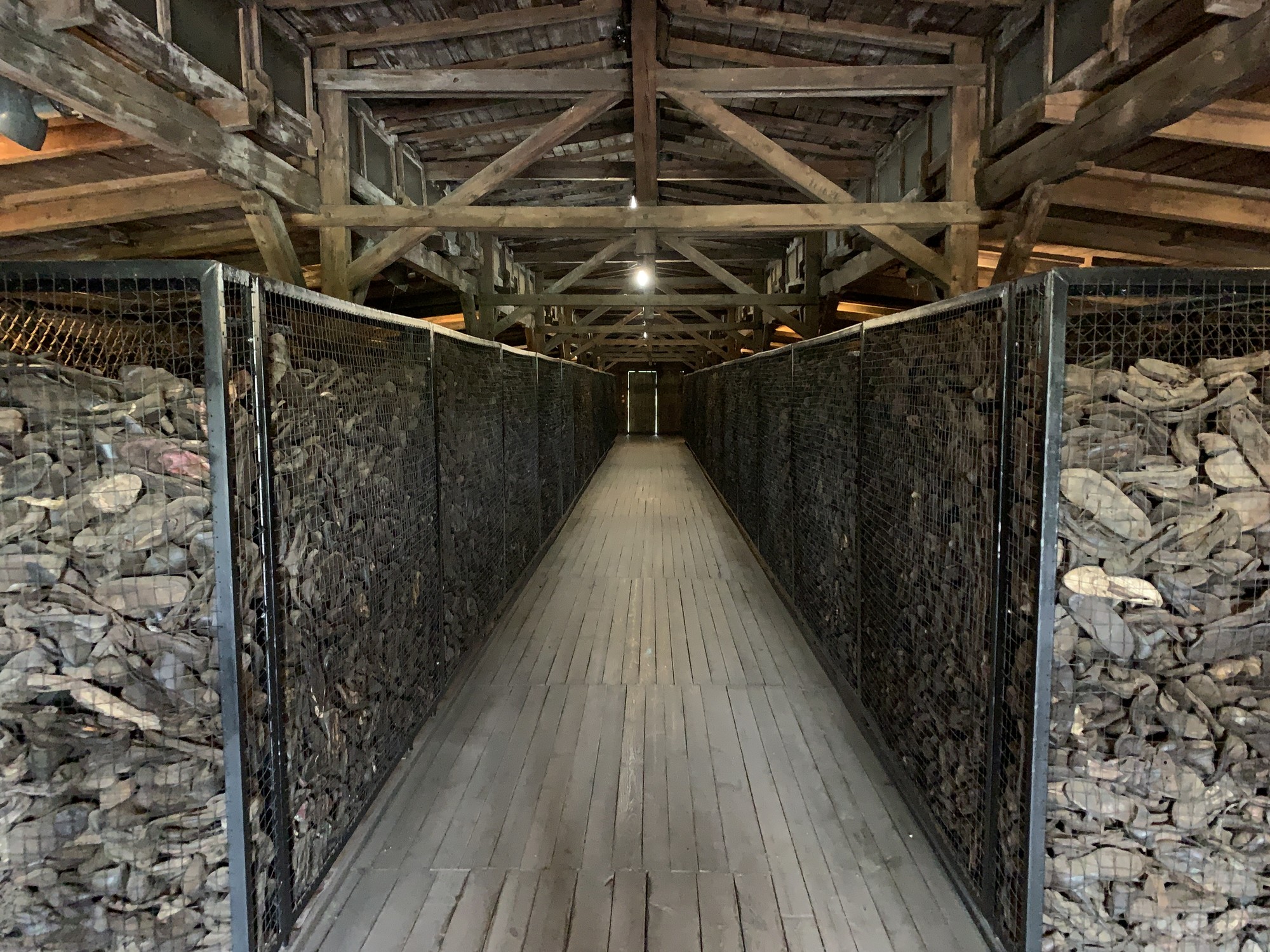
It is estimated that between 1941 and 1944, a total of approximately 150,000 prisoners went through the German Nazi concentration camp at Majdanek. Within that period approximately 78,000 people perished at the camp. Many were murdered in the gas chambers or in mass executions. Others died of starvation, diseases, or as a result of exhaustion from the forced hard labour. Konzentrationslager Lublin ceased to exist on July 22, 1944, when the final liquidation of the camp took place. Most surviving prisoners were evacuated towards the west, and transferred to other concentration camps including Auschwitz-Birkenau, Ravensbrück, Gross-Rosen, and others. The Red Army entered the former camp area the following day.
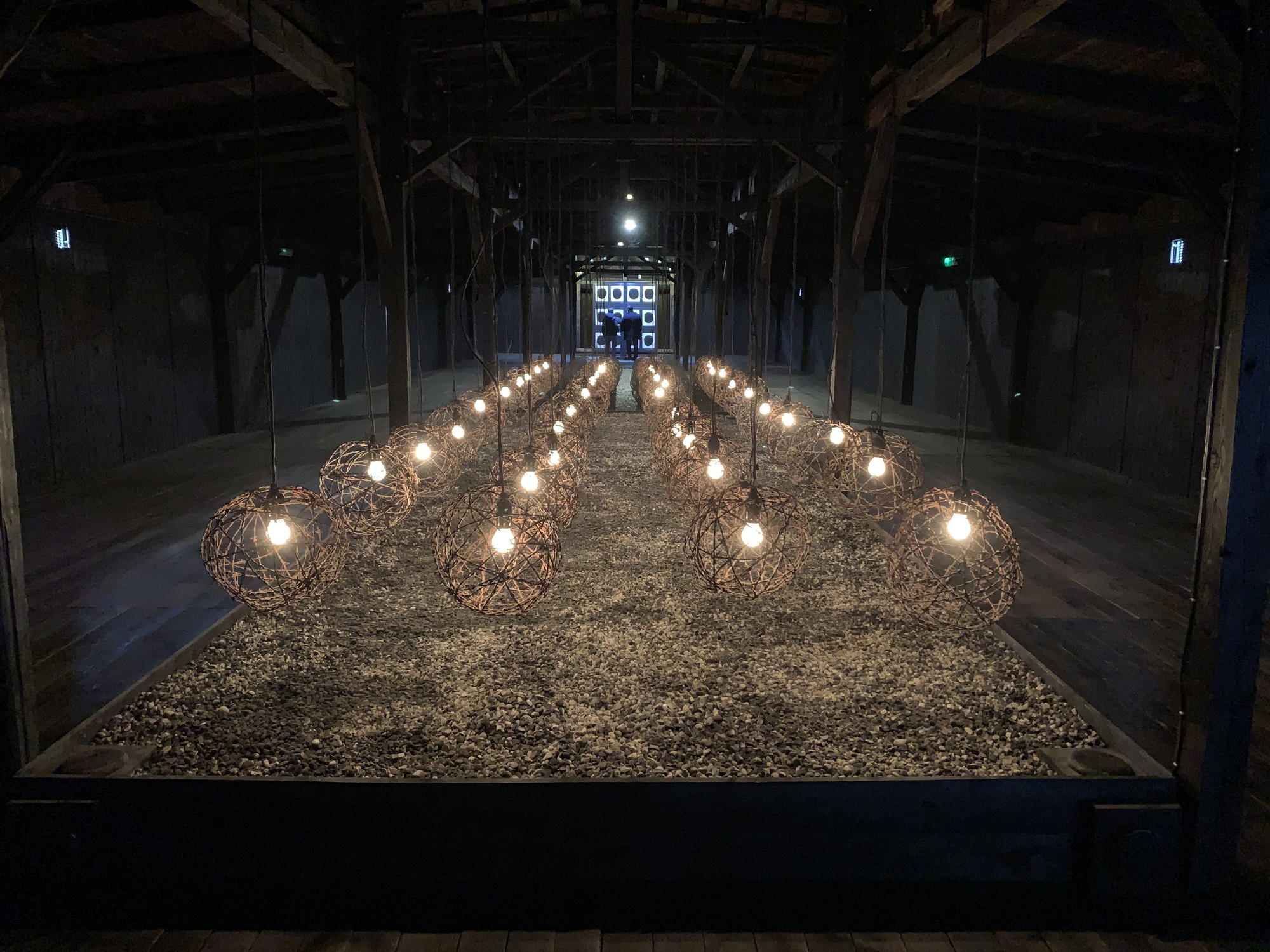
Today the State Museum at Majdanek, established at the area of the former concentration camp in Lublin, protects the memory of the place and evokes the tragic fate of the victims. The sentry towers, prisoner barracks, camp workshops, bathhouses, crematoria, and the gas chambers, altogether constitute tangible evidence of the crimes committed by the Third Reich during World War II. Located 4km from the city centre, the museum is easily accessible by bus and taxi. For assistance in getting to Majdanek, enquire at the Tourist Inspiration Centre in Lublin Old Town.


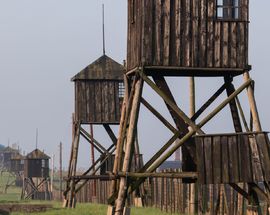
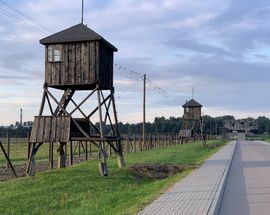
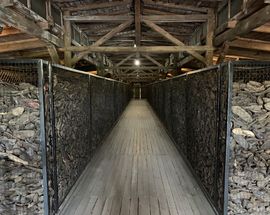
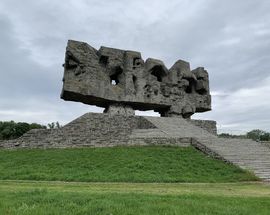
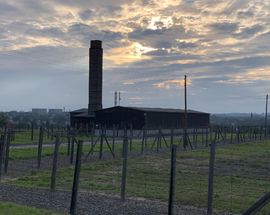
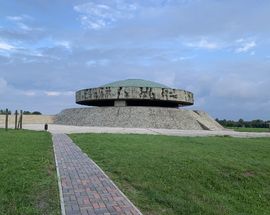
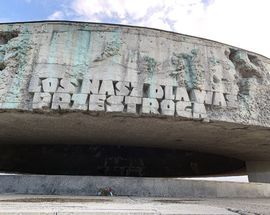
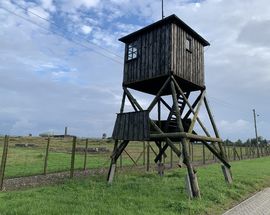
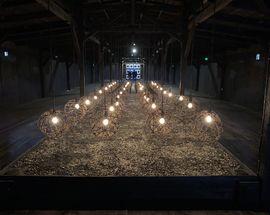
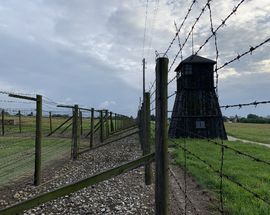
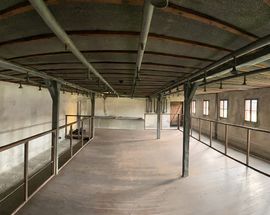
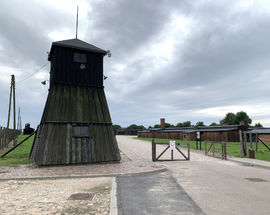
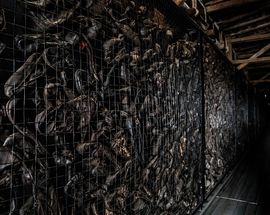
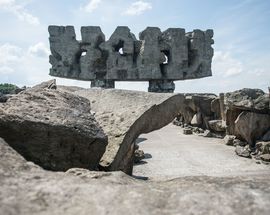
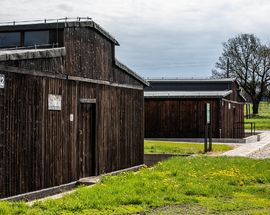
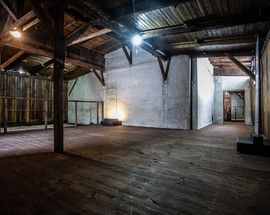
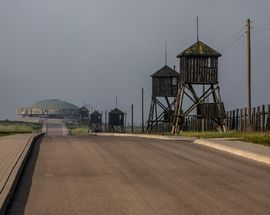
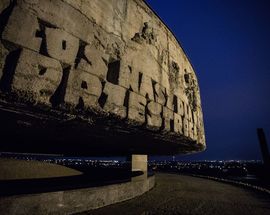
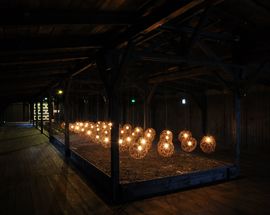
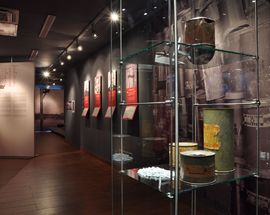
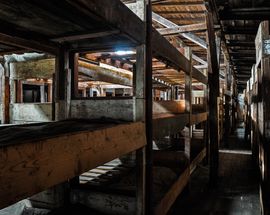
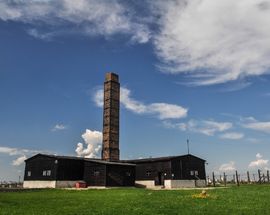
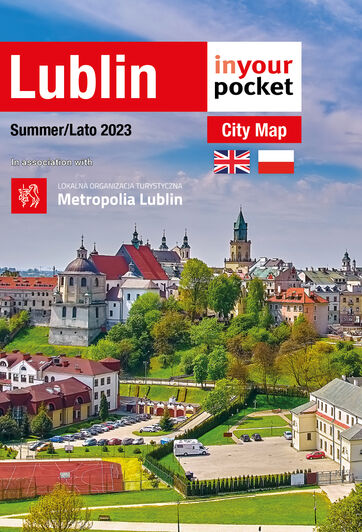
Comments